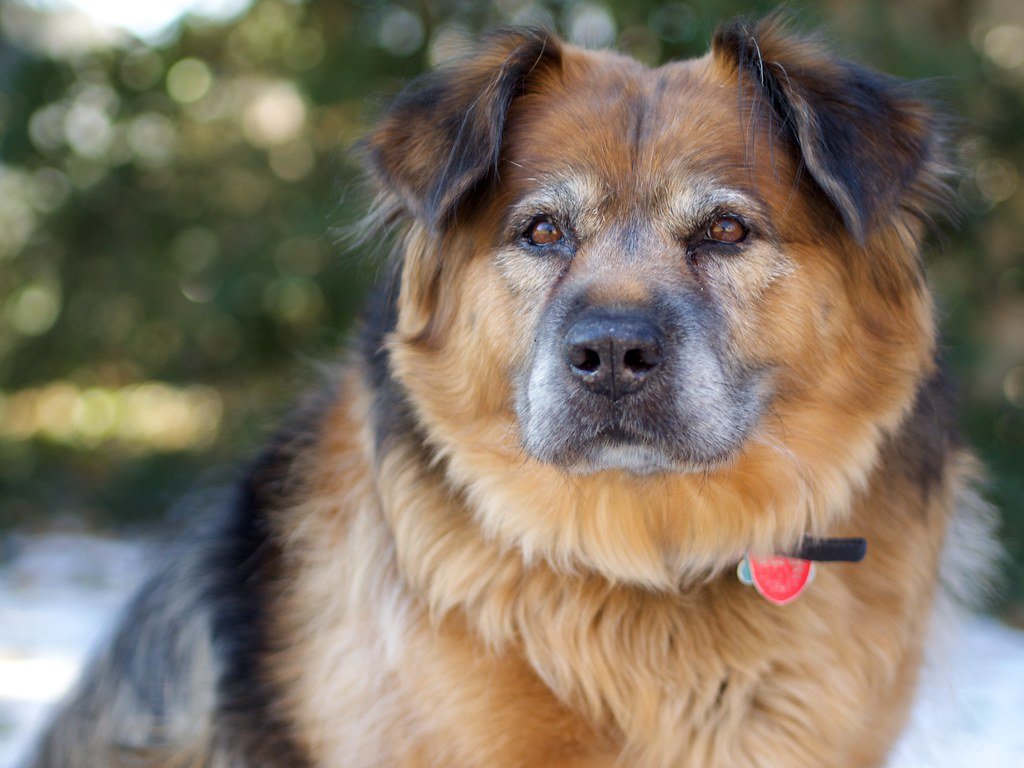As an Animal Scientist and 3rd year veterinary student, I love all animals. Animals that I tend to focus on are dogs, cats, and horses. Growing up around these three animals in particular has instilled in me a deep curiosity and passion for exploring their breeds, habits, and quirks.
I wrote this article to explore the aging process in our beloved dogs and how we can support them to age healthily. One of the most challenging realities about being a pet owner is that we tend to outlive them, but that does not prevent us from optimizing their years with us to be healthy and happy ones.
Aging is an inevitable process, but how we or our dogs age can be influenced by diet, habits, exercise, and general health. Recognizing the signs of aging and the factors that influence this process enables owners to provide more effective care.
How Many Human Years Is a Dog Year?

The concept of “dog years” is a traditional way to estimate a dog’s age in human terms, but it’s more complex than simply multiplying by seven. Recent research suggests that aging rates vary depending on breed and size. Generally, the first two years of a dog’s life correspond to about 24 human years, while subsequent years vary based on size and health.
Importance Of Young Dog Growth

Getting a young puppy is always exciting and often has us eager to take them out for walks, hikes, runs, and park adventures. However, a young puppy is still growing, with many bones, joints, and muscles still developing. It is essential that during this time, the dog is not overexercised, as this can lead to issues later in life. It is best to consult your local veterinarian about your specific dog and its breed regarding when you can increase activity to reduce the chances of encountering problems. However, a general rule of thumb is not to do long walks or vigorous activity before the dog turns one. This is not to say you should not walk them or take them to the park, but this should be limited to short distances.
Average Life Span in Small vs Big Dogs
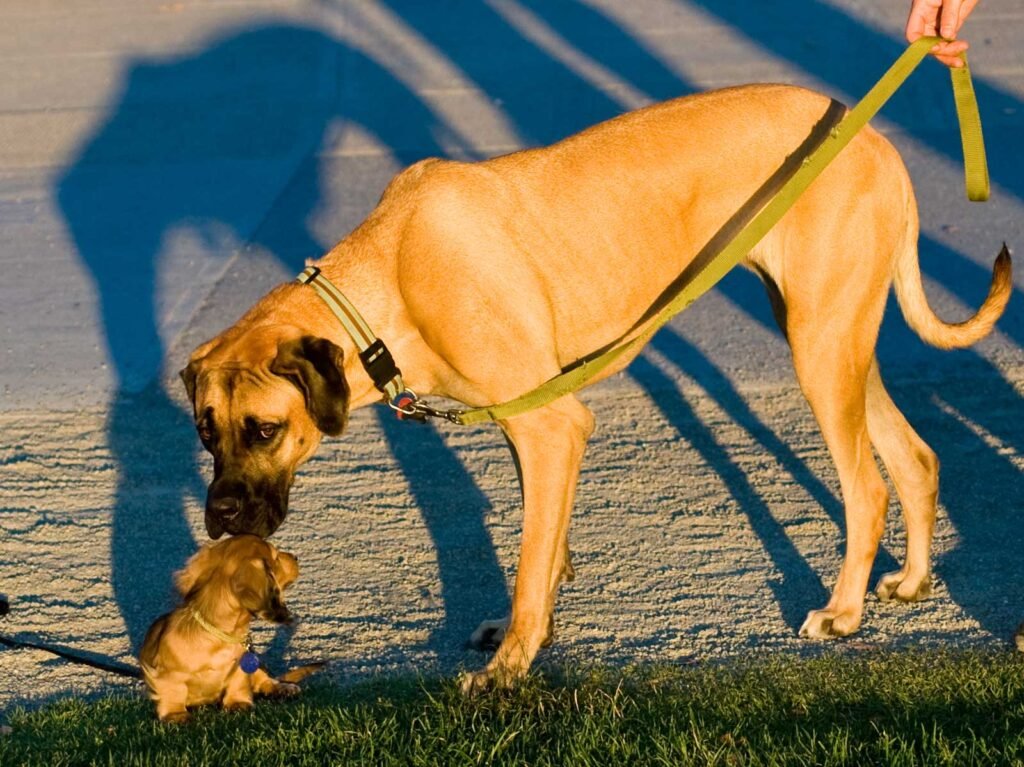
Small dog breeds tend to live longer, often reaching 12 to 16 years, while larger breeds typically have shorter lifespans of around 8 to 12 years. The difference stems from genetic factors, metabolic rates, and susceptibility to certain diseases. Smaller dogs usually age more slowly and have fewer health complications early in life. Conversely, giant breeds may develop health issues, such as joint problems and heart disease, sooner, which can affect their overall longevity. When it comes to selecting a dog breed, it is essential to consider your living space, activity level, if the breed is predisposed to health issues, and have an idea of the commitment time to your beloved pet.
Does Breed Influence The ‘Aging’ of a Dog?
Yes, breed significantly influences how a dog ages, with some breeds being predisposed to specific health conditions that can accelerate aging processes. For example, mixed small breeds tend to maintain their vitality longer, while large breeds, such as Great Danes, are more prone to early-onset health issues. Breeds such as German Shepherds are predisposed to hip dysplasia, whereas King Charles Spaniels have reportedly higher incidences of chronic heart failure. While these are generalizations about these breeds, it is essential to research all breeds thoroughly to make an informed decision when adopting a dog. Mixed breeds are known to be ‘stronger’ due to hybrid vigor, thanks to a reduction in inbreeding. Inbreeding can often lead to a variety of issues that negatively impact a dog’s health.
How A Dog’s Active Lifestyle Can Positively Influence Aging Effects
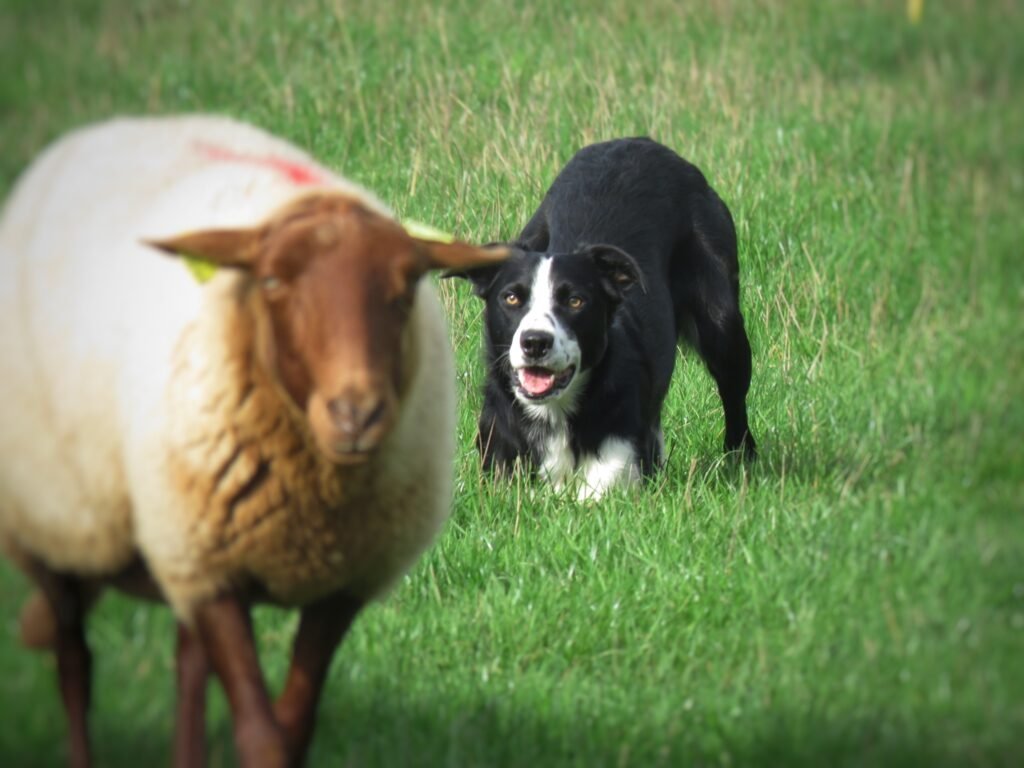
Regular physical activity benefits aging dogs by helping them maintain a healthy weight, strengthening their muscles, and promoting joint flexibility. Exercise also stimulates mental alertness and helps prevent age-related cognitive decline. Engaging dogs in age-appropriate activities can enhance their quality of life and delay the onset of age-related health issues. Consistent, moderate activity is key to supporting healthy aging in dogs. Mental stimulation is vital in dogs with a high drive for work, such as an Australian Kelpie, which was bred for herding. Dogs bred for work purposes with high drive can often develop unwanted habits if they are not sufficiently stimulated, which can have a negative impact on their health.
Adverse Effects of an Overactive Lifestyle on Their Joints

While activity is beneficial, excessive or high-impact exercise can strain joints, leading to injuries or accelerating joint degeneration, such as arthritis. Overexertion may cause pain, swelling, and inflammation, especially in breeds prone to joint issues. It’s essential to tailor your dog’s activities to their age, breed, and health condition. Over time, joint damage resulting from overactivity can significantly impair mobility and overall well-being, particularly in later stages of life.
Choosing An Appropriate Breed
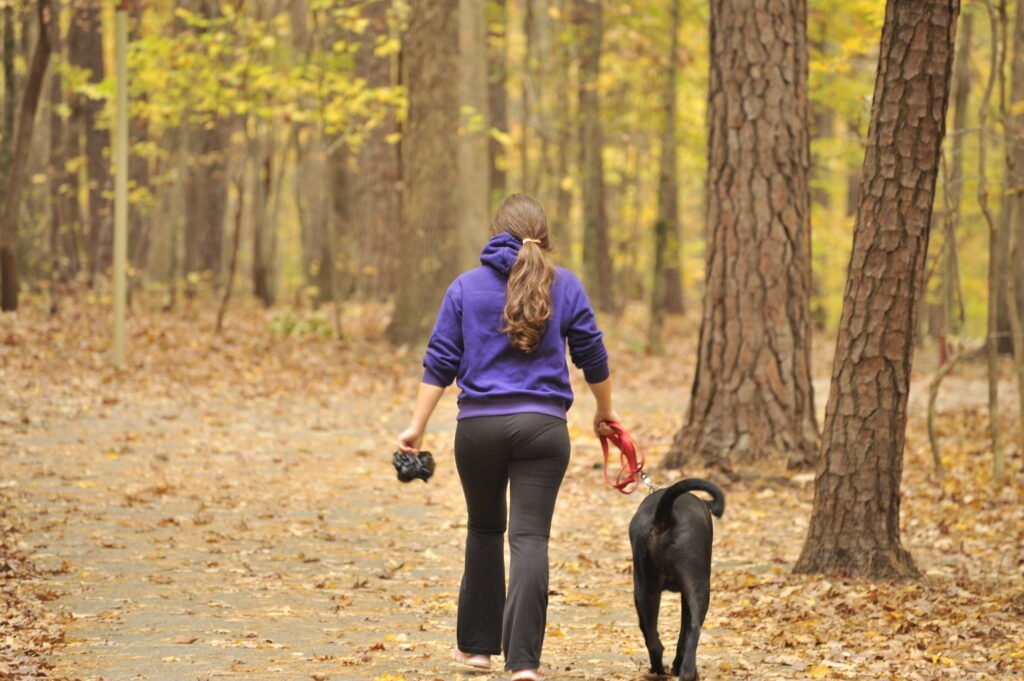
Different breeds have unique needs and responses to activity and aging, highlighting the importance of breed-specific lifestyle management. Active breeds, such as Border Collies, require both mental and physical stimulation to stay healthy, while more sedentary breeds may need less rigorous exercise. Recognizing these differences enables owners to tailor routines that promote healthy aging and mitigate cognitive decline. If you live in a small house or apartment, a breed like a Border Collie is probably not the ideal dog to own, whereas a small lap-style dog like a Maltese Poodle might be better suited. This does not mean that a small lap dog does not need walks, exercise, or mental stimulation; they require less than a highly driven work dog.
Routine Health Check-Ups

Regular veterinary check-ups are vital for detecting early signs of aging-related health issues, such as dental disease, obesity, or hormonal imbalances. These visits enable timely interventions that can prolong a dog’s quality of life and address problems before they worsen. Preventive care, including vaccinations and screenings, becomes increasingly important as dogs age. Consistent monitoring ensures that health concerns are managed proactively.
Diet And Overall Body Condition

Proper nutrition plays a crucial role in maintaining a healthy body condition and supporting the well-being of aging dogs. There is a wide range of dog food on the market, formulated by nutritionists. Such diets can help your dog’s metabolism, whether it is for a growing puppy or an aging senior; these foods can aid in your dog’s healthy development and maintenance. Overfeeding can lead to obesity, putting additional strain on joints and organs, while underfeeding can cause nutritional deficiencies, leading to many health issues. Maintaining your dog at an appropriate weight can help reduce premature aging and health-related issues. If you’re unsure about what to feed your dog, consulting your local veterinarian during your dog’s annual health visit is a great option.
Mental Stimulation For Cognitive Benefits
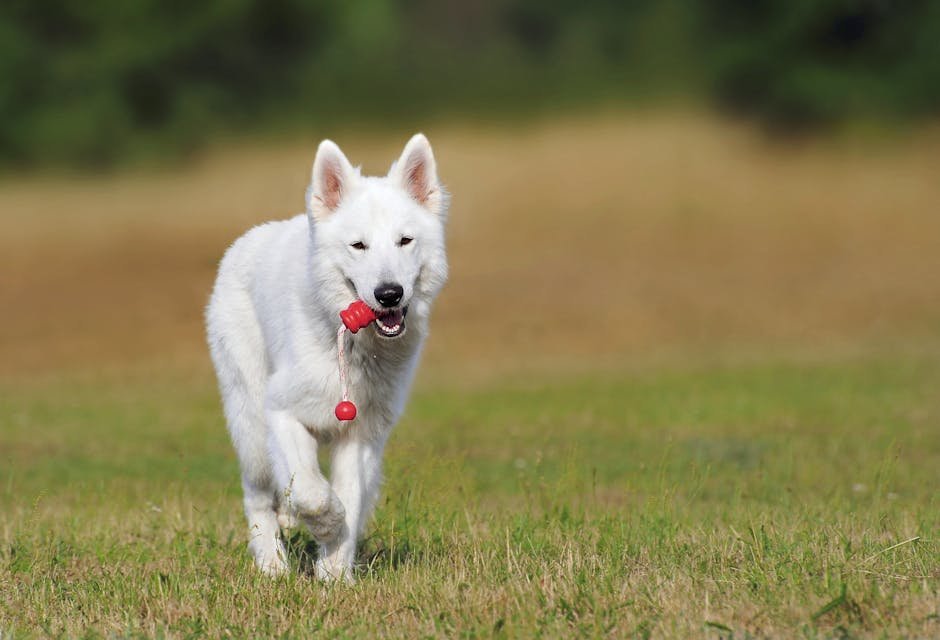
Cognitive decline is a common concern in aging dogs, but mental stimulation can help keep their minds sharp and active. Puzzle toys, new commands, and interactive play sessions challenge their cognitive functions and prevent boredom. Regular mental exercises stimulate neural pathways, reducing the risk of dementia-like symptoms. Engaging your dog’s mind is just as important as physical activity for healthy aging. This can often be combined by taking them for a walk, especially in a new area with new smells to stimulate their olfactory senses.
Influence of Disease or Large Trauma on Aging

Serious illnesses or traumatic injuries can significantly influence the aging process, often leading to earlier decline and decreased lifespan. Chronic conditions such as cancer, kidney disease, or orthopedic injuries require ongoing management and can diminish quality of life. Prompt veterinary care and preventive measures can mitigate some of these effects. The impact of disease emphasizes the importance of early detection and treatment. Detecting these problems early is challenging but possible with the owner knowing their dog’s everyday habits and annual checks with their regular veterinarian.
What Can You, As The Owner, Do To Reduce Premature Aging?

Aging is inevitable; however, owners can promote healthier aging by ensuring proper nutrition, regular exercise, routine veterinary visits, and mental engagement. Managing weight, reducing stressors, and preventing injuries also play critical roles in delaying age-related decline. Providing a loving and stress-free environment contributes to emotional well-being, which impacts physical health. Small daily efforts can significantly influence your dog’s lifespan and vitality.
Choosing The Breed That Suits You

Selecting a breed that aligns with your lifestyle, activity level, and living environment is crucial for fostering a harmonious relationship and promoting healthy aging. Understanding breed characteristics helps prevent mismatched expectations, such as an inactive owner with a highly energetic breed. A well-matched breed will thrive, thereby reducing stress for both the owner and the dog. This proactive choice supports a happy, long-lasting companionship.
Why Are Extra Large Breeds More Prone To Health Issues?
Extra-large breeds, such as Saint Bernards and Mastiffs, face a higher risk of health problems, including joint dysplasia, heart issues, and certain cancers, partly due to their rapid growth and larger body mass. Their size places additional strain on joints, often leading to earlier-onset health concerns. Genetic predispositions can also contribute, making regular health checks crucial. These factors collectively contribute to their shorter average lifespan and increased health challenges. If you are set on owning a breed that is predisposed to health issues, buying from a reputable breeder with lower incidences of genetic health issues is recommended.
A Dog Is A Commitment
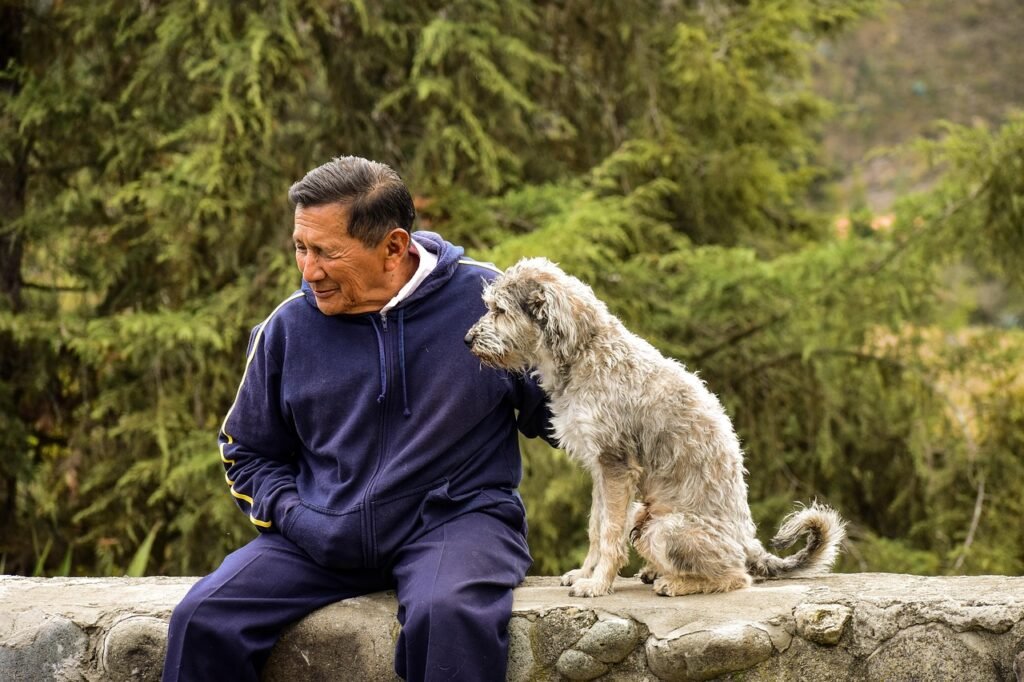
Owning a dog is a long-term commitment that requires dedication to their health and happiness throughout their lifespan. As they age, their needs change, necessitating adjustments in care, diet, and activity levels. Responsible ownership involves understanding the time, effort, and resources needed to ensure a comfortable aging process.
Benefits Of Mixed Breed Dogs

Mixed-breed dogs often benefit from genetic diversity, which can lead to fewer breed-specific health issues and increased resilience, thanks to hybrid vigor. They tend to have longer lifespans and are less prone to certain hereditary diseases. Their unique combinations may also result in adaptable temperaments and physical traits suitable for various lifestyles. Adopting a mixed breed can be a rewarding way to provide a loving home while potentially enjoying healthier aging.
Conclusion
Aging in dogs is a multifaceted process influenced by genetics, lifestyle, and healthcare. By understanding these factors and providing appropriate nutrition, exercise, and medical care, owners can significantly enhance their dogs’ quality of life as they age. Recognizing breed-specific needs and fostering mental and physical well-being are essential components of supporting healthy aging. Ultimately, a committed owner can help ensure that their canine companion enjoys a happy, comfortable, and fulfilling life through all stages of aging.

